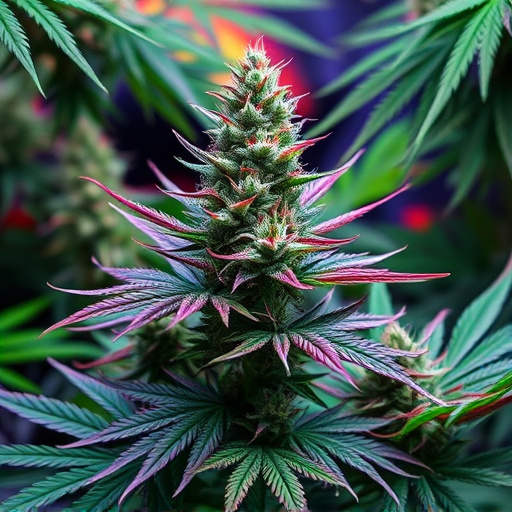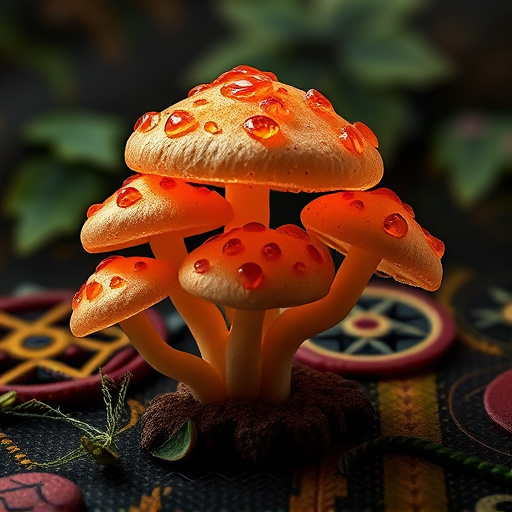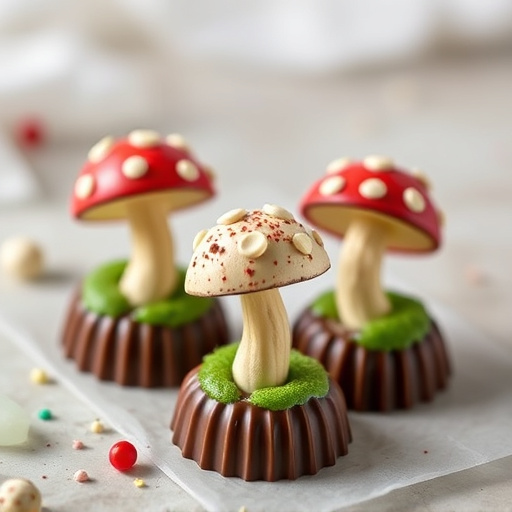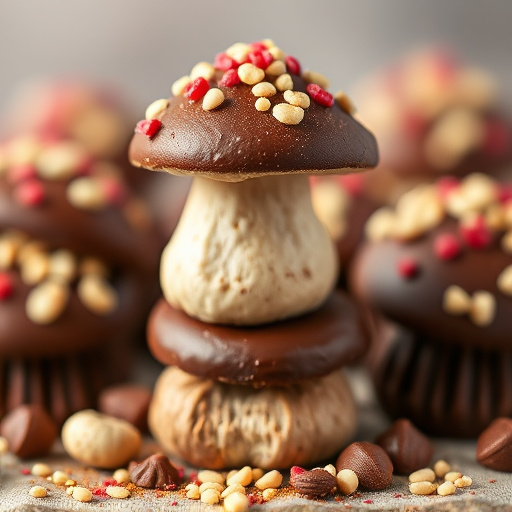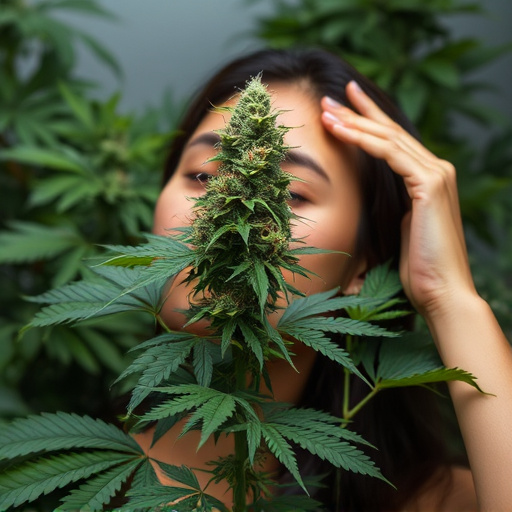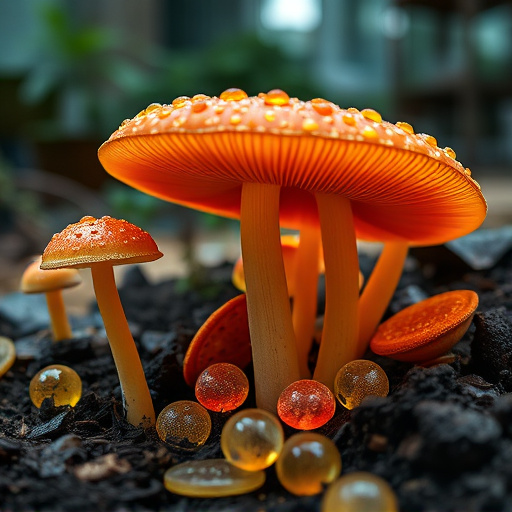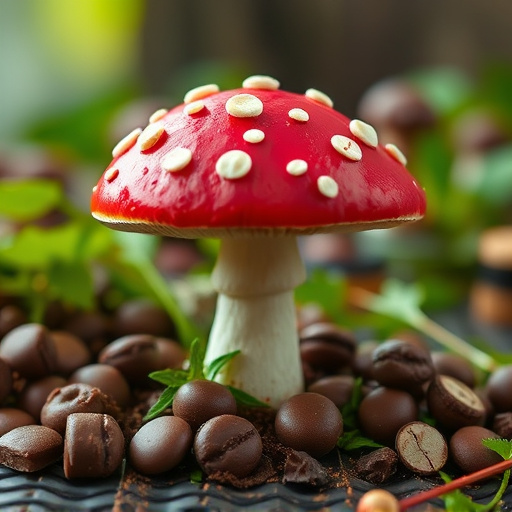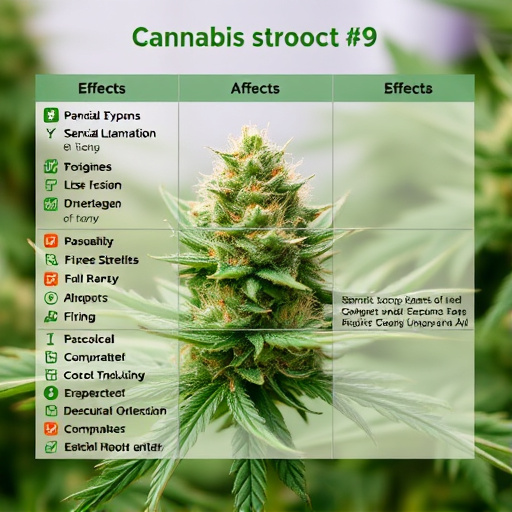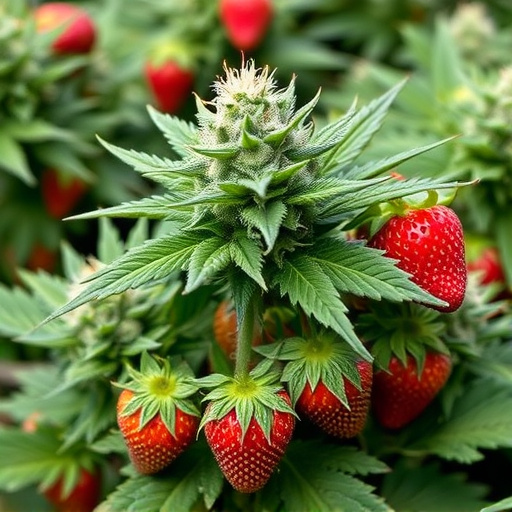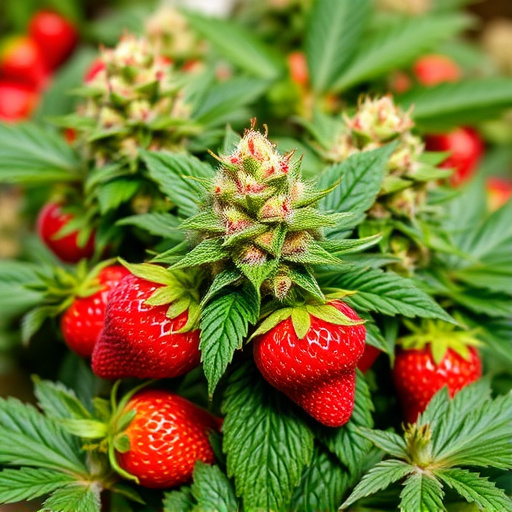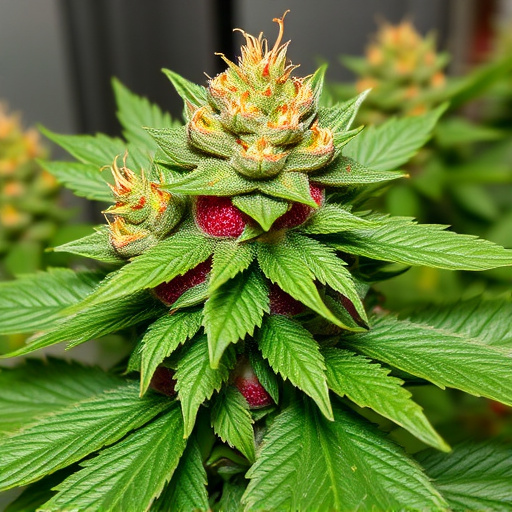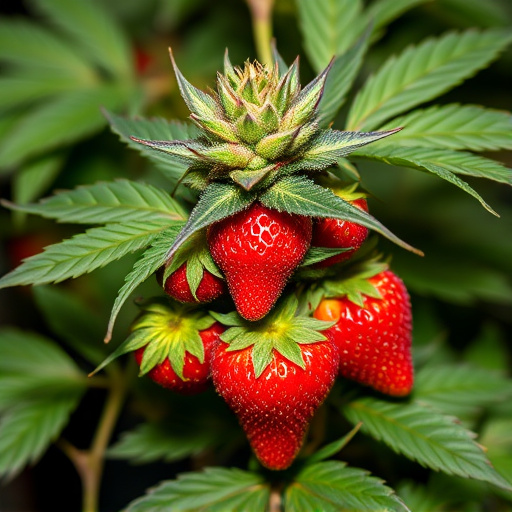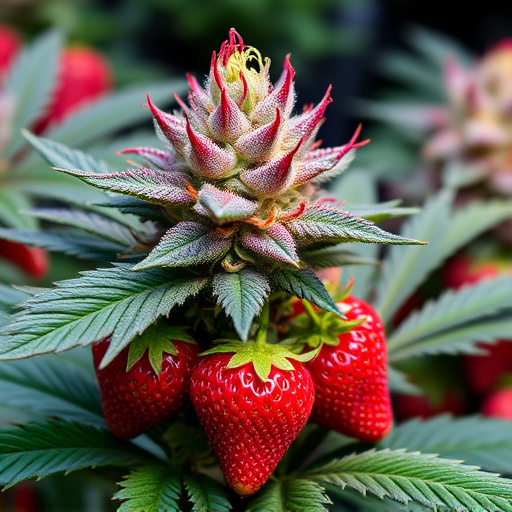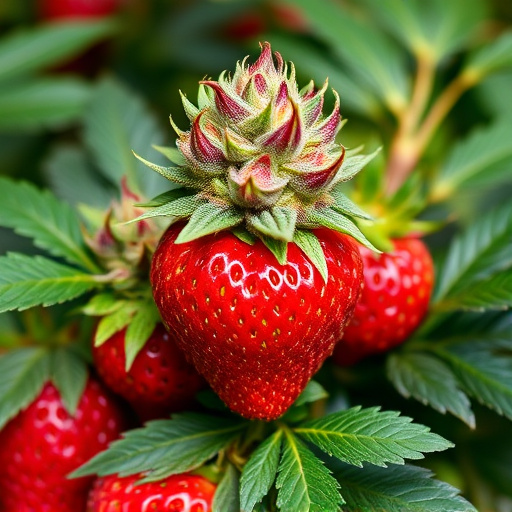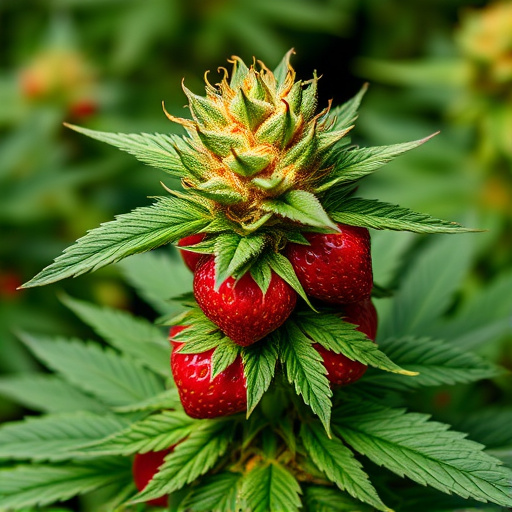TL;DR:
Evaluating strawberry cannabis potency involves a blend of visual/olfactory assessment and lab testing. Cultivators use sensory cues like color, leaf health, and aroma to guide initial selection. Lab tests, utilizing advanced equipment, analyze trace compounds beyond THC/CBD levels, offering detailed insights into each strain's unique profile. This meticulous approach ensures consumers receive reliable effects tailored to their preferences, enhancing industry transparency through precise data on strawberry cannabis attributes.
- Understanding Potency Testing Methods for Cannabis Flowers
- Visual and Aroma Assessment of Strawberry Cannabis Strains
- Using Lab Tests to Measure Specific Cannabinoid Levels in Flowers
Understanding Potency Testing Methods for Cannabis Flowers
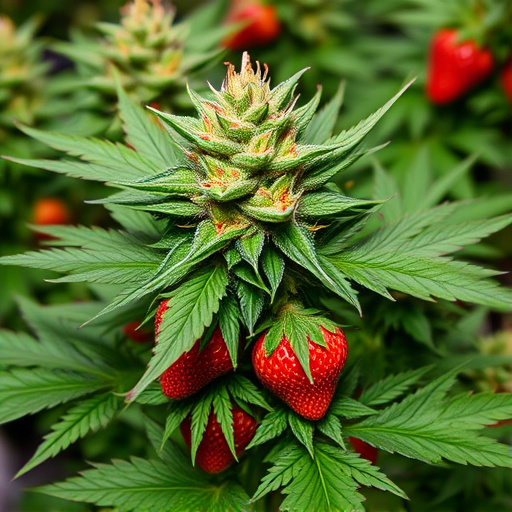
Cannabis flower potency testing is a crucial step in ensuring consumers receive products with consistent and reliable effects. Understanding the methods behind these tests is key, especially for unique strains like strawberry cannabis. There are two primary testing approaches: laboratory analysis and field testing. Lab tests involve sending samples to specialized facilities that employ advanced equipment to measure cannabinoid concentrations, providing precise numerical data. This method guarantees accurate results but requires access to a lab and can be time-consuming.
Field testing, on the other hand, assesses cannabis plants directly in their growing environment. It’s often used during cultivation for quality control but also offers insights into how different conditions impact potency. For strawberry cannabis strains, understanding the unique growth patterns and cannabinoid profiles that develop in specific environments is essential. This knowledge allows cultivators to optimize conditions, resulting in flowers with consistent potency, whether they’re high in THC or CBD, catering to diverse consumer preferences.
Visual and Aroma Assessment of Strawberry Cannabis Strains
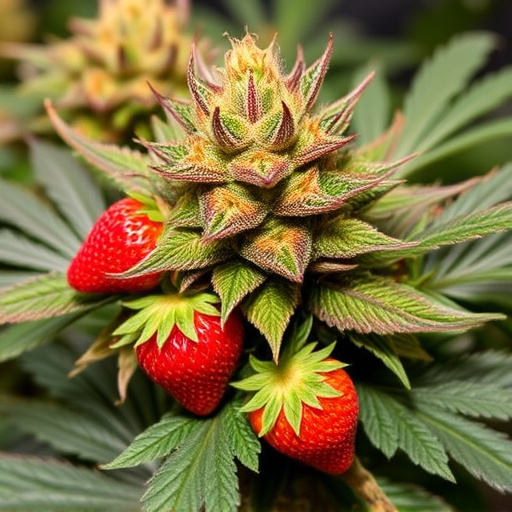
When assessing the potency of strawberry cannabis strains, a thorough visual and aroma examination is crucial. Look for vibrant, rich red or pink hues, indicating mature, potent flowers. The leaves should be healthy, with minimal discoloration or signs of pests. A strong, sweet, and fruity aroma is a telltale sign of strawberry genetics; train your nose to detect the distinctive scent. Avoid strains with musty or skunky odors, as these could suggest poor cultivation practices.
The visual appeal and aromatic profile of strawberry cannabis strains offer valuable insights into their potential effects and quality. These sensory cues can help cultivators and consumers gauge the strain’s uniqueness and potency, making it easier to select the ideal strawberry cannabis variety for desired experiences.
Using Lab Tests to Measure Specific Cannabinoid Levels in Flowers
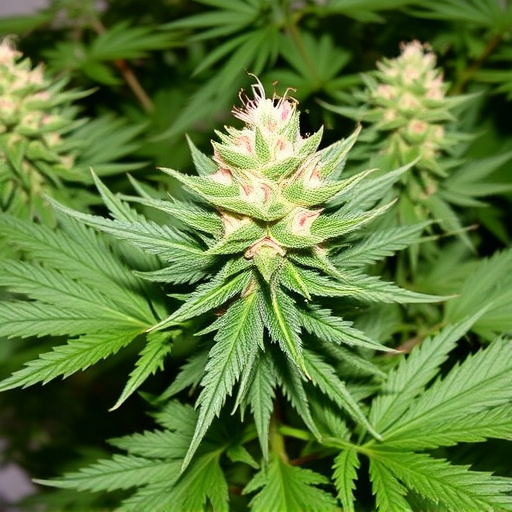
To accurately gauge the potency of your cannabis flowers, particularly in sought-after varieties like strawberry cannabis strains, laboratory testing is essential. These tests go beyond basic THC and CBD percentages, delving into specific cannabinoid levels. Labs employ sophisticated equipment to measure trace compounds, including terpenes and other minor cannabinoids, which contribute to the overall experience and therapeutic benefits.
By analyzing these components, growers and consumers can better understand the unique profile of strawberry cannabis strains. This knowledge allows for informed decisions when selecting products, ensuring a tailored experience based on desired effects. Moreover, lab tests provide transparency in the industry, allowing cultivators to showcase their meticulous processes and the precise attributes of their flower.
When evaluating the potency of strawberry cannabis strains, a multifaceted approach is key. Combining visual and olfactory assessments with laboratory testing for specific cannabinoid levels ensures you’re getting a premium product that meets your needs. By understanding the various testing methods, you can make informed decisions, ensuring each bloom delivers the desired effects and quality.
